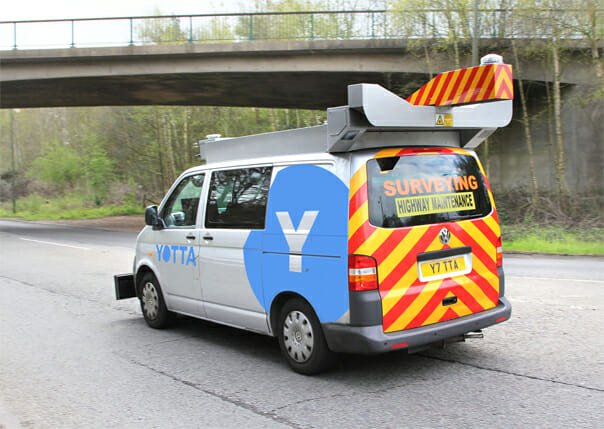In our first blog of the Street Manager series ‘How to Prepare for the Introduction of Street Manager’ we interviewed Dennis Pearcey, Technical Support Manager at Kier, to shed some light on what Street Manager is, and how it differs to ETON 6.
This latest blog we continue our conversation and look at benefits and pitfalls with the imminent introduction of Street Manager and the impact you will feel as a maintenance contractor.
What are the benefits of Street Manager?
If the rollout is a success there will be better coordination of works across utilities and local authorities, a reduction in the number of permits required which will save time and money. All works will be treated with the same financial model. Reduced carbon footprint and other environmental impacts. Reduced disruption to networks, businesses and consumers.
What are the main areas of concern around the transition to Street Manager?
The number one short-term concern is that the full processes and requirements for compliance have not been specified yet, so we don’t have the full picture. We do know that data is not going to flow from EToN 6 into Street Manager so from that perspective it’s going to be like starting again. Additionally, people will have to run two systems for a while as not all the functionality that exists in EToN 6 is going to be available in Street Manager straight away which brings cost and resource implications.
From a long-term perspective there is no visibility into how long contractors will have to run both systems so there’s very limited scope for forward-looking financial planning.
How will maintenance contractors be affected financially?
Street Manager increases the number of processes contractors will have to follow so it’s going to be more labour intensive. Also, as I mentioned before, initially contractors are going to have to run EToN 6 and Street manager at the same time which means double admin resources to enter data on both systems. To put this into perspective, in Shropshire for example, 50,000 permits are required per year, so it’s a significant increase in workload.
Furthermore, unlike EToN 6 there will be charges for simply operating the system which will impact profitability. It’s expected to be around £17,000 a year to run the system plus additional charges per permit – so it’s not an insignificant amount of money.
Local authorities will be affected too. Under EToN 6 only utilities works required paid for permits, under Street Manager local authorities will have to pay too which has an immediate impact financially.
Join us for the next blog in our Street Manager series to hear how Street Manager will help the sector in a bid to become carbon neutral.



